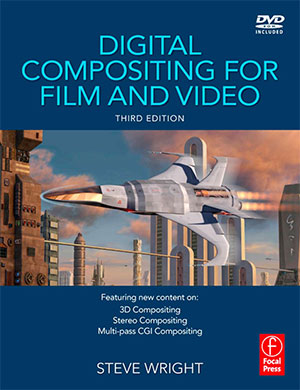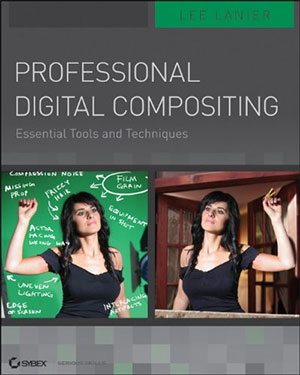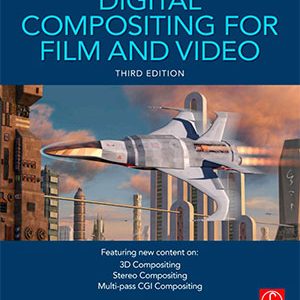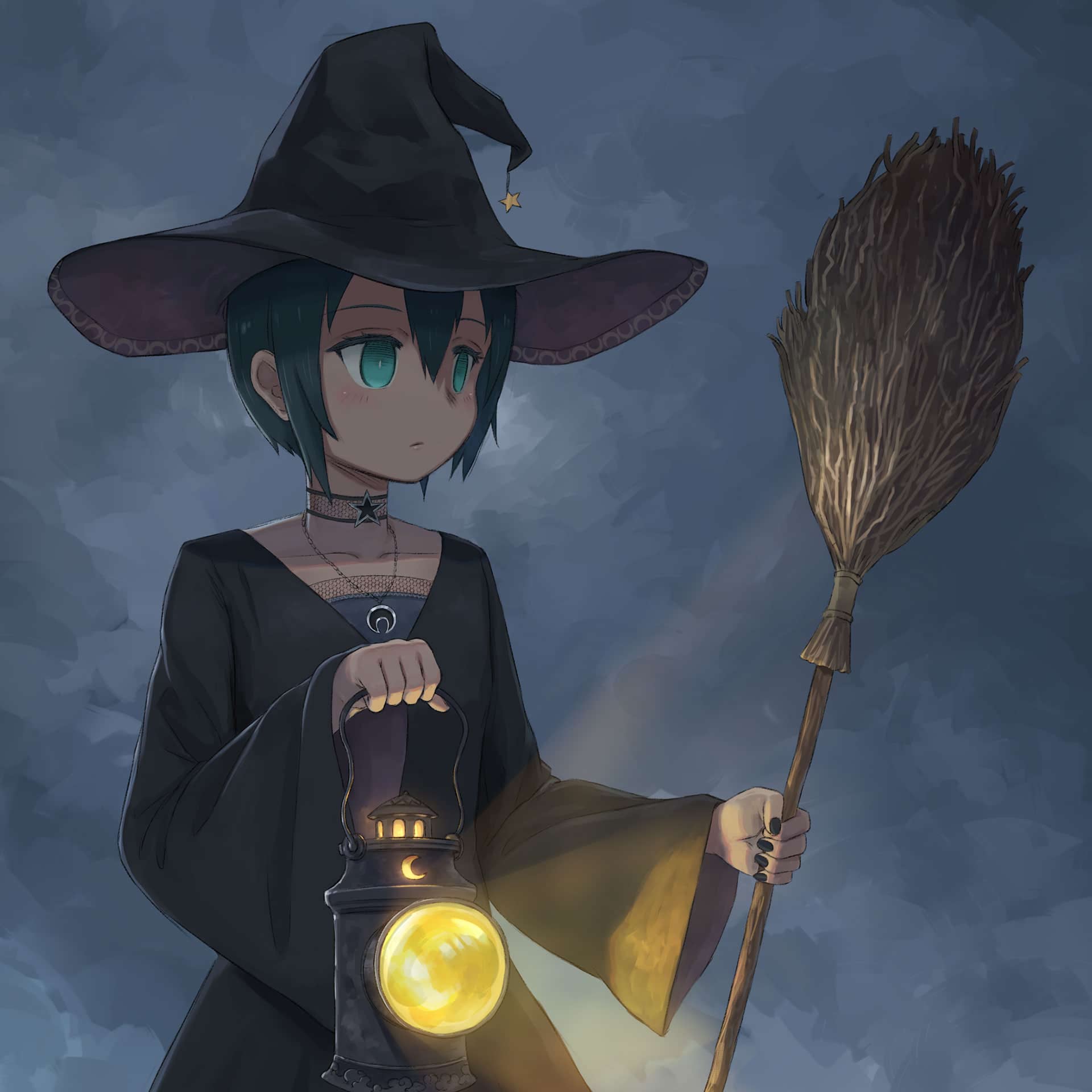Recommended VFX Compositing Books
I grew up learning most of my one-pony trick by reading magazines and books (the technical stuff and rarely into story-based).
As I got introduce to the wonders of visual effects (VFX) by the kind folks from Double Negative Singapore back in July 2010, I was encouraged to read up the following two books on VFX compositing to strengthen my fundamentals in compositing.
Here are my reviews on the three VFX compositing books that I owned:

Digital Compositing for Film and Video, Third Edition
If you need at least one must have book, this title is absolutely terrific in introducing the fundamentals of compositing for visual effects work.
Written in simple English (or prepare a dictionary for difficult/unknown words), Steve Wright dive straight into the process of compositing that can be apply to all major compositing softwares. The extra explanation that uses Photoshop technique as the nearest analog in compositing is helpful for folks coming from Photoshop background.
From creating/extracting mattes, putting together multi-pass render to dealing with common issues such as poor lighting in a shot, Steve Wright explained it thoroughly without the use of specific application. Yes you can apply it to Nuke, After Effects, Flame, Fusion, Composite etc etc.
Also the mathematics part involved during compositing is clearly explained with diagram which is useful in knowing the full breakdown of the process.
The latest revision of the book is the Third Edition which do cover briefly on stereo compositing aka “3D movies”. I’ve yet to explore stereo compositing but you will bet that I will refer back to this book if I ever hit the stereoscopy roadblock in the future.
[amazon template=wishlist&asin=B009OZ8KSG]

The Art and Science of Digital Compositing, Second Edition
This 704 pages book is a great reference book that includes case studies of compositing work in notable films such as The Lord of the Rings: The Return of the King, Sin City and Star Wars: Episode 3 – Revenge of the Sith.
Ron Brinkmann explanation is easy to understand and there is lots of graphic diagram to help visualize the compositing process. However unlike Steve Wright’s book above, his approach is more of a textbook reference which means you need to have a certain amount of experience to process his detailed writings.
If I have to say, the writings is akin to raw knowledge that one need to process it (aka cook it) thoroughly. You’ll be surprised when you revisit back a topic and managed to learn new stuff from it.
As a bonus, it also come with a DVD that includes example footage of Hollywood feature films for real world industry materials hands on.
[amazon template=wishlist&asin=0123706386]

Professional Digital Compositing: Essential Tools and Techniques
As a bonus review, I pickup this book on a whim after browsing at Kinokuniya back in early 2011. It is a good book in explaining a single concept at a time and how it is done in both Nuke and After Effects.
Lee Lanier also include a bonus interviews with some of Hollywood’s active post-production houses which offer detailed insight of their compositing pipeline.
If your only compositing experience is from After Effects and interested in exploring node-based compositing such as Nuke, I highly recommend this book.
[amazon template=wishlist&asin=0470452617]


